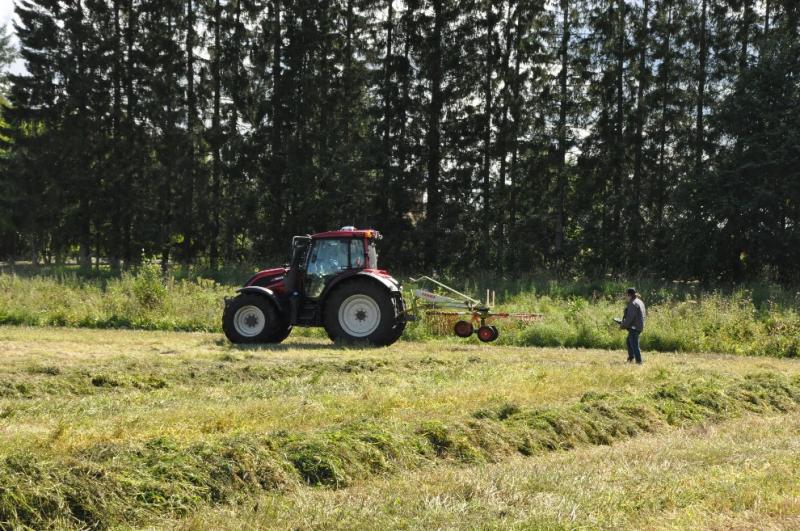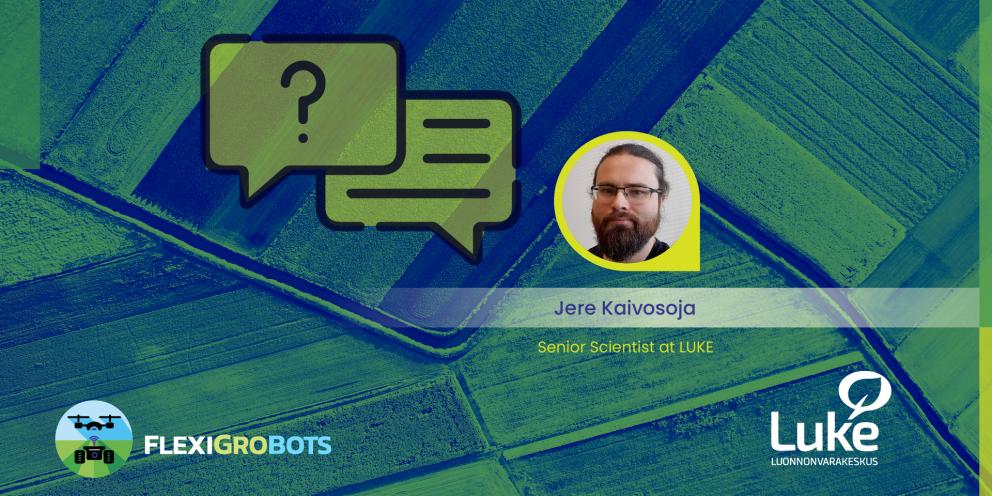In addition to our research consortium, FlexiGroBots has an external Advisory Committee with four leading experts across the project’s domain. We shortly interviewed a Committee member Dr. Spyros Fountas, Associate Professor in Agricultural Engineering at the Agricultural University of Athens to track and update the big picture of agricultural robotics and related AI.
How do you see the role of robotics in agriculture in the future?
“The future of agricultural robotics will be targeted to niche areas and high-value crops. It must pay off and it should also replace activities where there is a shortage of labour for manual operations. Drones will be much faster adopted, as they are so easy to operate, cost less and have less complexity.”
From those points, FlexiGrobots has high-value crops such as blueberries and grapevines and a relatively large amount and versatile drones. A labour shortage is directly met with the grapevine use case, where harvest trays are operated by robots.
What are the main bottlenecks and solutions in the increase of autonomy in agriculture?
“The main bottlenecks in autonomy are the complexity and the coordination between the machine with the agricultural tasks, including the tacit knowledge of the farmer. In addition, farmers would like to be sure that their robot will be doing the operation with high accuracy and if there is a technical issue, he/she will be informed in time.”
The Mission Control Center (MCC) concept in the FlexiGroBots is tackling coordination. Keeping human-in-the-loop and developing situation awareness services are also in our core. However, current robotics need the tacit knowledge to be turned into numbers and that will remain a long-term challenge in the area.

How do you see the role of AI in agriculture in the future?
“Adaptive and reinforcement learning will be the future.“
As the present AI solutions have challenges in heterogeneous agriculture, new approaches such as adaptive and reinforcement learning will make efficient solutions more plausible. Enabling and accessing data applied in FlexiGroBots are essentially part of the preparation work for those. For example, the cooperative pest detection service development in FlexiGroBots has an adaptive approach.
How do you see that FlexiGroBots is contributing to new innovative applications and going beyond the state-of-the-art?
“FlexiGroBots is a great project with real-life scenarios targeting high-end needs. The overall architecture of the project will be useful for other forthcoming projects in agricultural robotics.”
We can be happy that FlexiGroBots, an application formalized three years ago, is at present in the core of the future of robotics and AI in the future. We are on the right path.

